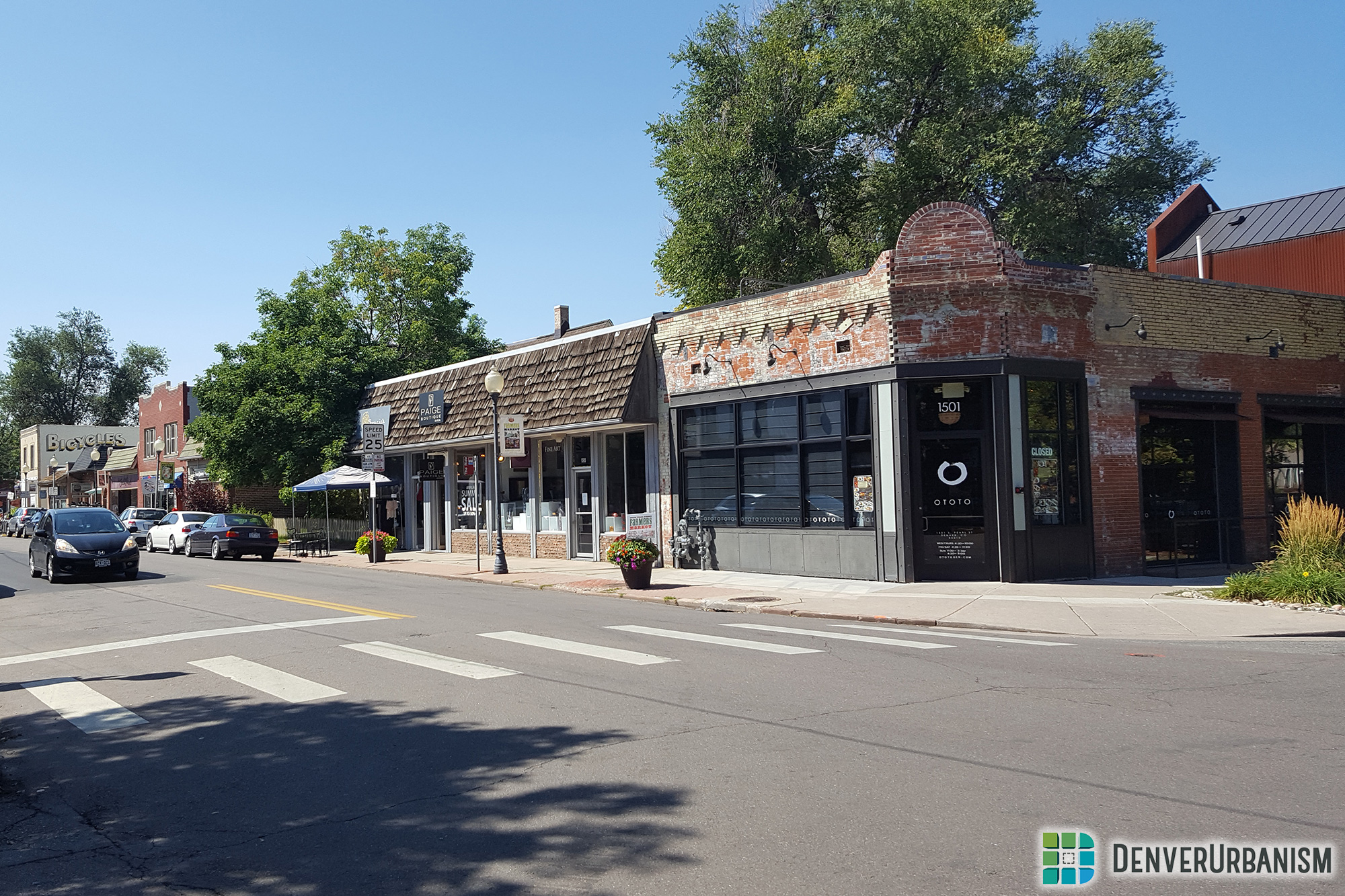A few days ago I shared with you the July 2015 population estimates for Colorado counties from the US Census Bureau. In this post, I thought I’d provide an overview of the Census Bureau’s annual population estimates because sometimes it can get a bit confusing. What are these postcensal and intercensal estimates anyway? Let’s take a look.
Decennial Census
First, as I’m sure most everyone knows, the US Census Bureau produces an official count of the US population once every decade—otherwise known as the decennial census—on April 1 of a year ending in a zero, with the most recent decennial census occurring in 2010. There are many ways to obtain Census 2010 data but two good places to start are here and here. If you have questions about how the decennial census works, try this page.
Postcensal Estimates
In the years after a decennial census, the Census Bureau makes annual population estimates for states, metro areas, counties, and cities/towns. These are handled through the Bureau’s Population Estimates Program and are referred to as their postcensal population estimates. The postcensal population estimates are as of July 1 of each year—as opposed to April 1 for the decennial census. The annual postcensal estimates are released in stages, with the estimates for states coming out in December of the same year as the July in question, followed by metro area and county estimates in March of the following year, and then city/town estimates in May of the following year. The methodology for how the Census Bureau makes their annual population estimates can be found here.
Vintages
The Census Bureau labels these annual data series of estimates as vintages, with the vintage year referring to the July to which the estimates apply, not when the estimates were released to the public. For example, the state estimates released in December 2014, the metro area/county estimates released in March 2015, and the city/town estimates released in May 2015 are collectively known as the Vintage 2014 estimates, as they all pertain to the estimated population on July 1, 2014.
What’s important to know about these annual postcensal estimates is that each vintage is a complete re-estimation for all years since the last decennial census, not the addition of just the most recent year. When a new vintage is released, the previous vintage “expires” in a way, since the new vintage’s estimates are based on more recent and/or accurate data. Therefore, it’s usually best to use the estimates in the most recent vintage available.
(Note: There isn’t a “Vintage 2010” in the usual form since that’s the year of the decennial census; however, starting with the Vintage 2011 data series, July 2010 estimates are included in each vintage to allow for year-to-year comparisons to be made using July-to-July data.)
In the table below, I’ve compiled all of the postcensal estimates for Denver so far since the 2010 Census:
As you can see, the change in a particular year’s estimate from one vintage to the next is usually fairly minimal. For example, in the Vintage 2014 data, Denver’s population was estimated at 663,862. In the new Vintage 2015 data, that estimate has been revised up by 101 people to 663,963. In the Vintage 2013 data released two years ago, Denver’s population was estimated at 649,495. However, in the Vintage 2015 data, the 2013 estimate has been revised down by 1,084 people to 648,411, a slightly more significant adjustment.
Intercensal Estimates
Once the next decennial census rolls around and the final population counts are in, the Census Bureau makes one final re-estimation for the years in the just-completed decade, known as their intercensal population estimates. At that point, because the actual population counts for both the beginning and end of the decade are known, the Bureau recalculates all of the annual estimates for the years in between so that the estimates fit between the two census counts. The intercensal estimates ultimately supersede the postcensal estimates that were made along the way.
Here’s a table I’ve put together that looks at the relationship between the postcensal and intercensal estimates for the most recently completed decade: 2000-2010.
When the 2010 Census count was finalized, it became evident that the Bureau had slightly overestimated Denver’s population during the decade by about 10,000 (assuming, of course, that the 2010 Census hadn’t undercounted Denver’s population). Consequently, the 2000-2010 intercensal estimates, shown in the last row, adjusted the annual totals to distribute them between 554,636 and 600,158. Those are now the official estimates of Denver’s population for those intercensal years from the “aughts” decade.
So there you have it! We’ll have to wait until about 2022 when the 2010-2020 intercensal estimates are released to know what Denver’s population really is during these booming years; but even then, those estimates will still be just highly-educated guesses.












Ken –
I am trying to get more details on growth in a specific area of Denver and was wondering if you knew how to track that information down using census data? The 2010 Census information does not really capture the growth that has occurred in Denver in the last 3-5 years, especially in certain neighborhoods in Denver.
Thank you for your help.
Kay, at the Census Bureau website, use American Factfinder and explore the ACS–American Community Survey data. That is an annual sample of various demographic data that are more recent than the 2010 census. I believe you can get down to the census tract level through ACS.
Also, please check out the Colorado State Demographer’s website (Department of Local Affairs). They are a wonderful resource and they are very eager to help so reach out to them by phone or email with specific questions!
Thanks for the great explanation, Ken. Would you happen to know why fairly distant counties like Park, Clear Creek, and Elbert are included in the Census Bureau’s metropolitan statistical area for Denver, while seemingly closer counties like Boulder and Weld are not?